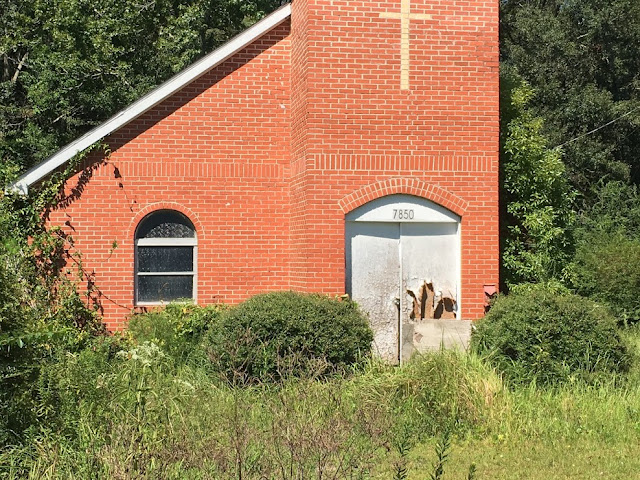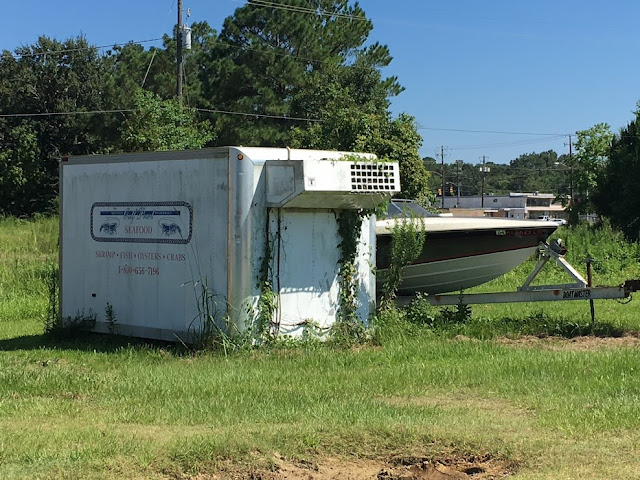From August 1983 until December 2015 I worked as librarian for the Anesthesiology Department in the University of Alabama at Birmingham's School of Medicine. The library originated in the late 1970's as a reading room on the seventh floor of Jefferson Tower maintained by secretary Patsy Byrd. In May 1980 the department hired a full time librarian, Beth Owens, and soon after the library moved to the fifth floor of the Kracke Clinical Services Building along with chairman and faculty offices. Ann Hester became librarian in October 1981, and the library collection expanded under her tenure. Emma O'Hagan is the current librarian.
For some years this description of the library appeared in the Directory of History of Medicine Collections maintained by the National Library of Medicine's History of Medicine Division:
"This library exists primarily to serve the faculty, residents, and staff of the University of Alabama at Birmingham Department of Anesthesiology. However, others are welcome to use materials in-house. The library provides reference services and will photocopy from its collections. Interlibrary Loan services are available; the library is a DOCLINE participant.
The library holds more than 3,000 monographs, 500 audio and video tapes, 1,700 bound journal volumes, and many items of ephemera (company literature, organizational publications, etc.). The collection includes more than 200 pre-1970 monographs related to anesthesia and pain management, more than 100 monographs related to the history of anesthesia and pain (secondary literature), and numerous subject and individual files related to anesthesia and pain history. Inventories available online: journal holdings, CD & DVD holdings, and historical files.
Collection Subject Strengths: History of Anesthesiology and Anesthesia;
History of Pain Management"
Serving the clinical information needs of departmental faculty, residents and staff
is the primary purpose of the library. A reconfiguration of the facility took
place in 2014 and 2015. Space was reduced, the journal collection removed
and new computer terminals added. Some of the historical books went to the
Reynolds-Finley Historical Library, and historical files related to departmental
history were accepted by UAB Archives.
The following photos show the library during its "print" days and as materials were
boxed for removal. I've made comments below some of the pictures.
Departmental libraries have been a feature of colleges and universities around
the world since the late 19th century. At the end of this post I've included a
brief bibliography of some of the literature available on the topic. Such libraries
appeared not only in medical departments, but the humanities and sciences as
well.
In 1994 Bronte Moran at the Department of Surgery Library, University of
Wisconsin-Madison did a survey of medical departmental libraries in the U.S.,
which was published two years later. He found a total of 24, with only 2 in
anesthesiology. Due to costs and the changing information landscape over the
past two decades, I would imagine many of those two dozen no longer exist.
Departmental libraries in other academic areas are probably also very rare
these days.




Most of the books seen here pertained to the history of anesthesia, pain medicine, and critical care medicine as well as the history of medicine generally.
Yes, the library still had its card catalog.
This photo and the two below it show some of the main book collection.
The library became more crowded as space was reduced.
Looking through the big door you can barely see the door to my office on the left of the small table.
A portion of the journal collection is shown in these two photographs.
Another view of some of the journals and the big table.
This bookplate was used in library books for many years and featured the department's logo, also in use for a number of years.
In the photos below the library contents are being packed up and finally the library is completely empty. My understanding was that books would return and journals would not. No matter what happened, the library no longer exists as I knew it for so many years. But the new facility will continue to serve the department's contemporary needs.
Here I am in the summer of 1983 in the library on Kracke 5.
Constructed in 1928 as a student nursing dormitory for Hillman Hospital, the building was renovated and opened as the Roy R. Kracke Clinical Services Building in 1965. The Anesthesiology Department Library was on the fifth floor of this building until 1993.
Source of photo: Holmes, History of the University of Alabama Hospitals [1974]
This aerial view of Jefferson Tower from 1945 also shows the Kracke Building on the right. The front of Jefferson Tower looks very different today.
Source: BhamWiki
SOME REFERENCES ON DEPARTMENTAL LIBRARIES
Kasses, Carol D. et al. Departmental libraries: curse or blessing? Bulletin of the Medical Library Association 1978 April; 66(2): 177-184
Moran, Bronte. The role of the medical departmental library. Bulletin of the Medical Library Association 1996 January; 84(1): 25-31
Stefanacci, Michal A. et al. Departmental libraries: why do they exist? Bulletin of the Medical Library Association 1977 October; 65(4): 433-437
Stokes, Janet H. et al. The Dripps Library of Anesthesia University of Pennsylvania School of Medicine. Anesthesia History Association Newsletter 1992 January; 10(1): 13
Thompson, Lawrence. The historical background of departmental and collegiate libraries. Library Quarterly 1942 January; 12: 49-74




























































